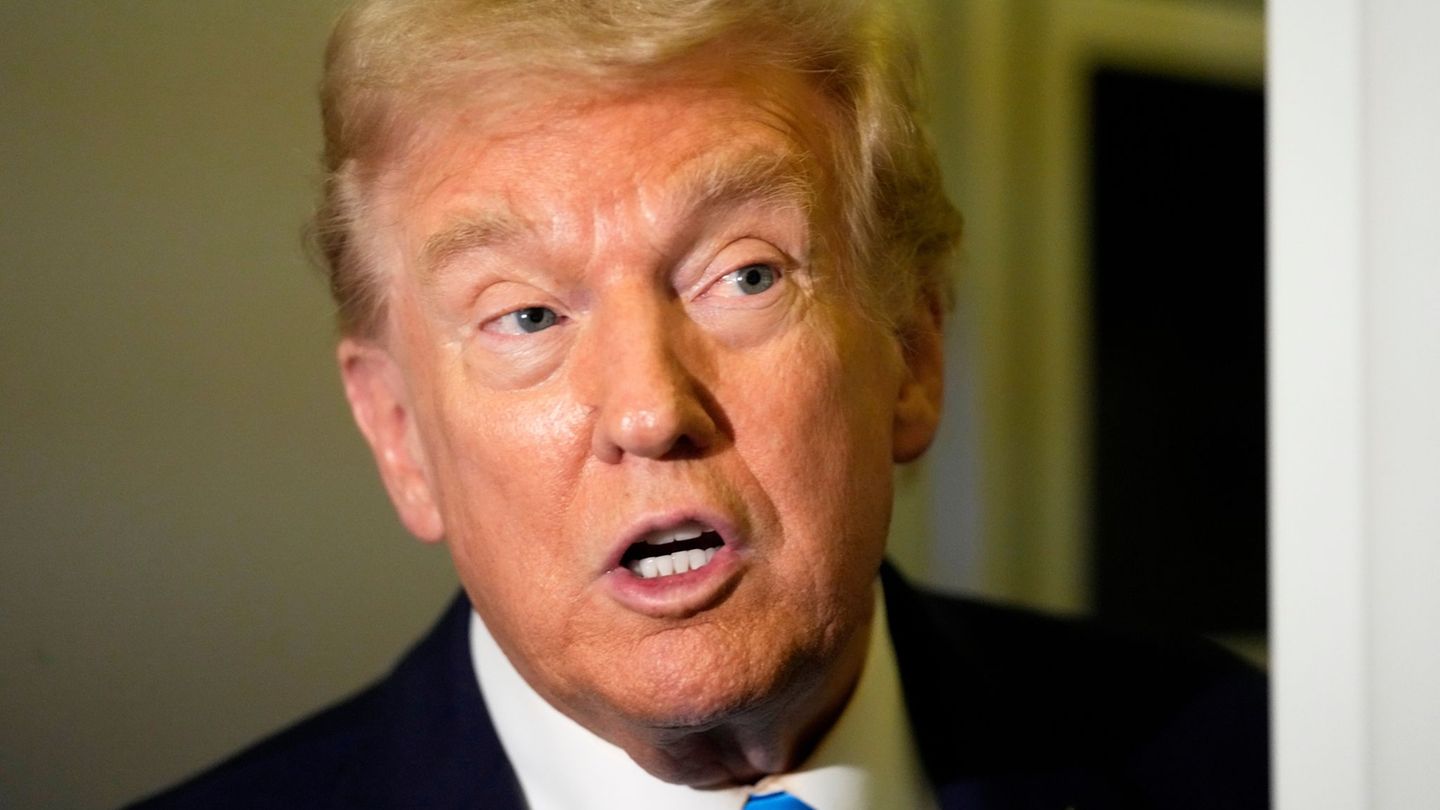The reform, which proposes to increase tax collection gradually with anti-evasion and anti-avoidance measures until reaching an additional 50 billion pesos per year (11,366 million dollars) in 2026, caused concern among businessmen and investors.
“We want the tax reform to be approved, improving what can be improved, enriching it, even in matters that we have not seen,” said Gustavo Petro at the end of a meeting with the National Trade Council.
Gustavo Petro’s goal
“From a perspective, that social inequality decreases, that, by tax the natural person morelet us protect the productive company and that, by protecting production, equality and equity are generated, and finance the stateBecause that’s what reforms are for. Those are the three objectives,” added the president.
Petro, a 62-year-old economist who this month took office as the first left-wing president in Colombia’s history, said that the goal is to eliminate the 2019 tax reform because it granted some benefits to some sectors, but affected others, generating an injustice. in taxes.
Among the main proposals of the reform are an increase in taxes for those who earn more than 10 million pesos per month (2,273 dollars), a estate lien permanently for people, a tax on profits or dividends from the sale of company shares and the elimination of tax exemptions.
In addition, the bill establishes a 10% tax on oil exports on a price higher than 48 dollars per barrel, Coal greater than 87 dollars per ton and Prayed above $400 per ounce. The royalty payment by companies in the mining and oil sector will not be deductible from their taxes, according to the project.
Petro’s social programs seek to reduce poverty, social inequality and eradicate hunger with plans such as a pension contribution for all the poor elderly Y free public university education.
The president of the National Federation of Merchants, Jaime Alberto Cabalsaid that the unions have alternative proposals that include other sources of resources such as the sale of non-productive assets of the State and have the resources seized from drug trafficking that during the last two years amounted to 22 billion pesos (5,000 million dollars).
Source: Ambito
David William is a talented author who has made a name for himself in the world of writing. He is a professional author who writes on a wide range of topics, from general interest to opinion news. David is currently working as a writer at 24 hours worlds where he brings his unique perspective and in-depth research to his articles, making them both informative and engaging.




